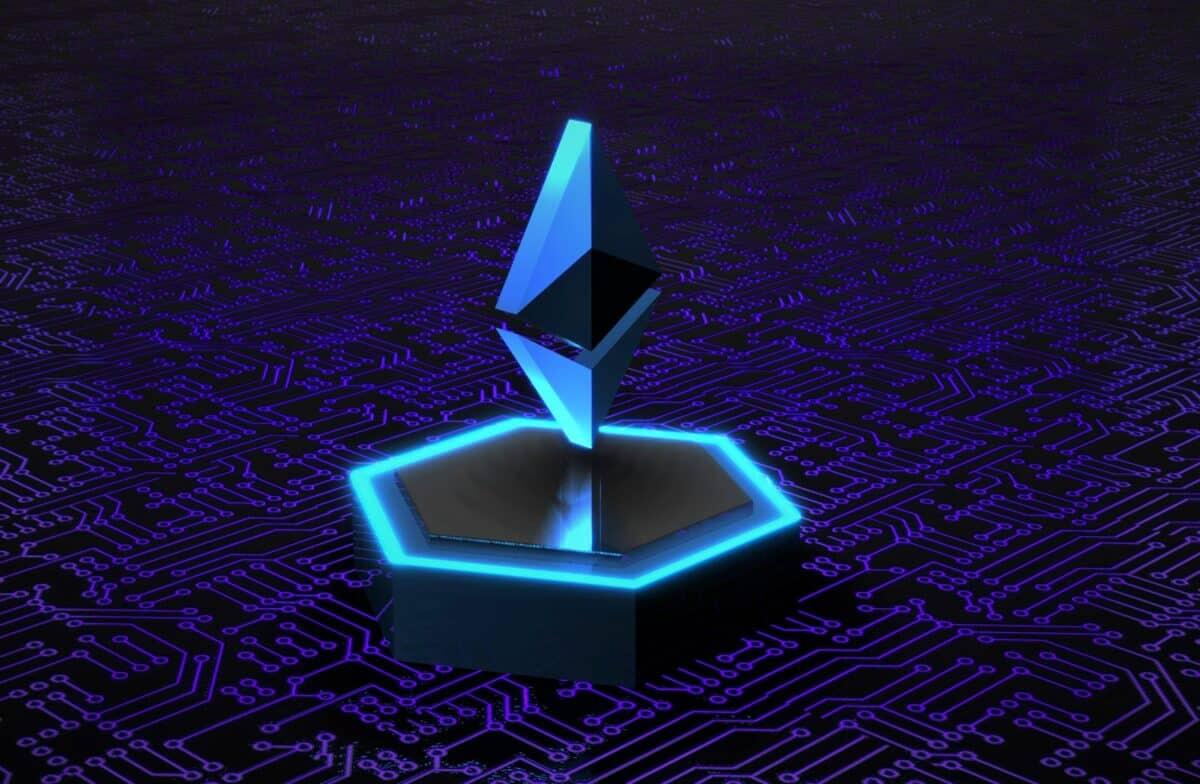
IBC and EVM Blockchain technologies
Although both IBC and EVM are technologies utilized in relation to blockchain and cryptocurrencies, they have different functions.
A technology called Inter-Blockchain Communication (IBC) enables communication between several blockchains. Even if two blockchains are on different systems, they can trade tokens and assets. IBC aims to facilitate communication between various blockchains and develop a more interconnected ecosystem of decentralized apps.
On the other side, the Ethereum blockchain’s smart contract execution environment is called the Ethereum Virtual Machine (EVM). The implementation of agreements between parties, like as financial transactions, can be automated with the use of smart contracts, which are self-executing programs. These smart contracts’ code must be executed, and the Ethereum blockchain’s current state must be preserved, by the EVM.
The EVM drives smart contract execution on the Ethereum blockchain. Meanwhile, IBC is a protocol for communicating between different chains.
Smart Contracts
IBC does not directly use smart contracts. Smart contracts, on the other hand, are self-executing programs that operate on a single blockchain. Instead, it allows communication and interoperability between several blockchains.
To accomplish more complicated functionality, IBC can be combined with smart contracts. One way to interface with other blockchains is through IBC, which can be used by a smart contract on one blockchain to access assets or data on other blockchains. Building decentralized applications that need to access data or assets from many blockchains may find this to be helpful.
Although IBC and smart contracts have separate functions, they can be combined to produce more potent decentralized applications.
As a component of the Cosmos Network, a decentralized ecosystem of blockchains that went live in March 2019. Inter-Blockchain Communication was developed. As the primary protocol for the Cosmos Network. IBC was created to facilitate communication and cooperation among the various blockchains constructed using the Cosmos software development kit (SDK).
Tendermint Inc., the organization responsible for the creation of the Cosmos SDK and the Tendermint consensus algorithm. It was in charge of developing IBC. IBC was created as a modular. Adaptable protocol that could be tailored to meet the requirements of various blockchains, facilitating efficient and safe communication between them.
Since its introduction, IBC has been embraced by an increasing number of Cosmos ecosystem initiatives as well as by other blockchain networks including the Binance Smart Chain. IBC is still being developed, and new features and enhancements are being made to the protocol to increase its usability and functionality.
Ethereum Virtual Machine
In 2015, the Ethereum blockchain platform included the creation of the Ethereum Virtual Machine (EVM). Vitalik Buterin first put up the idea for Ethereum in 2013, and it was formally introduced in 2015 along with the EVM. The Ethereum blockchain’s smart contracts can be executed via the EVM, a sandboxed runtime environment. It is in charge of processing and confirming transactions, keeping track of the blockchain’s current status, and carrying out smart contract code.
Decentralized apps (dApps) can be made with the EVM. It’s a platform that lets you do anything you want. The Ethereum community has been trying to increase the EVM’s usability, security, and effectiveness ever since it was first developed. The Ethereum Virtual Machine is one of the Ethereum platform’s inventions. It lets people create decentralized applications and expand the blockchain ecosystem. Some significant participants in the ecosystem that use EVM include Fantom, Binance Smart Chain, Layer 2 Ethereum networks, and Avalanche.




